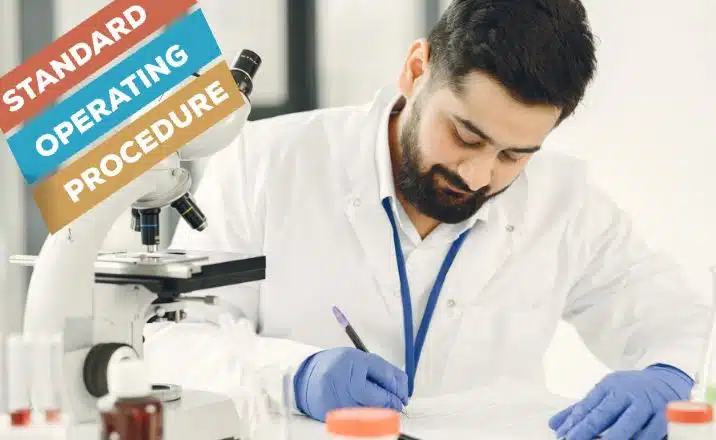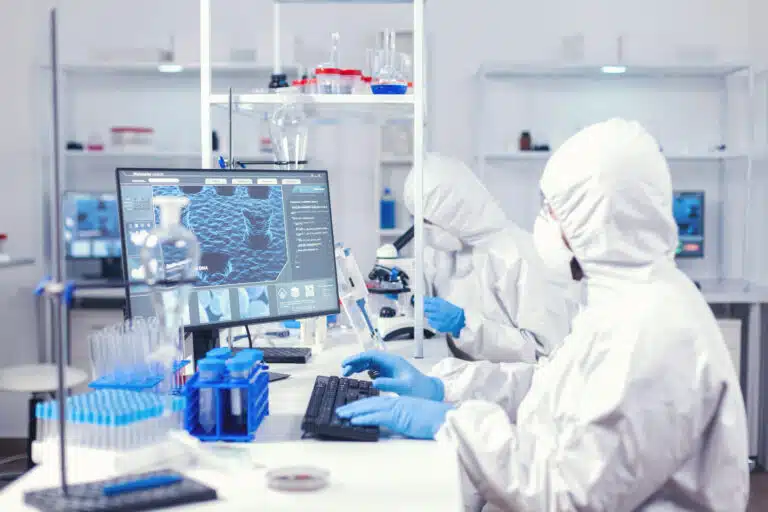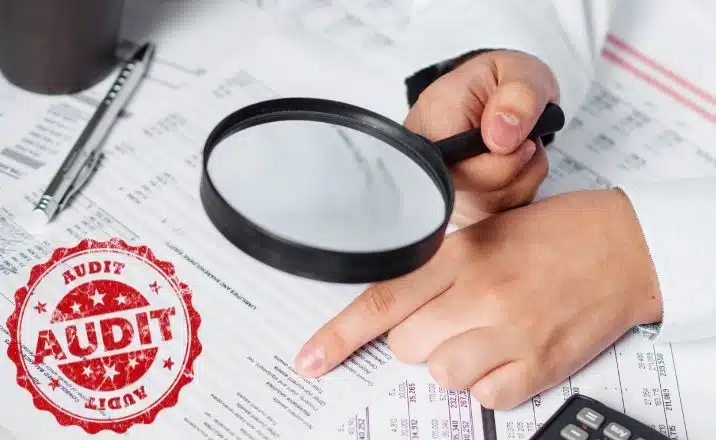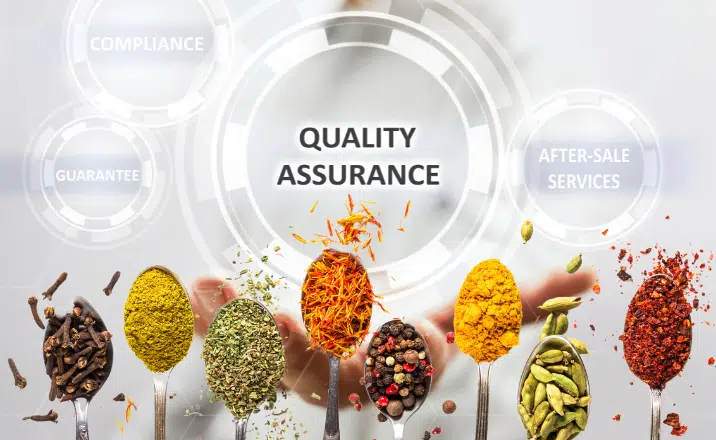Overcoming the Bottleneck Effect in Laboratory Operations
In the fast-paced world, proficiency & efficiency are key. Yet many laboratories struggle with a common problem: the bottleneck effect. This phenomenon occurs when one part of a process limits the overall throughput, much like how the narrow neck of a bottle restricts flow. In laboratory settings, bottlenecks can significantly impact productivity, cost-effectiveness, and even the quality of results. Let’s explore how to identify and overcome these challenges.

Let’s understand Laboratory Bottlenecks
Bottlenecks in laboratories can be in various forms:
- Equipment limitations: Insufficient, outdated, or uncalibrated instruments that can’t keep up with demand.
- Shortage of Lab personnel or skill gaps: Lack of trained personnel to perform specific tasks.
- Sample analysis processes: Time-consuming or complex procedures that slow down analysis.
- Data analysis and reporting: Delays in interpreting results or generating reports.
These bottlenecks can lead to decreased throughput, increased turnaround times, underutilized resources, and potential quality issues. Recognizing and addressing them is crucial for maintaining competitive edge and research excellence.
Identifying the Culprits
To tackle bottlenecks effectively, laboratories must first pinpoint where they occur. Useful strategies include:
- Process mapping: Visualizing workflows to identify congestion points.
- Data analysis: Tracking metrics like turnaround times and machine utilization rates.
- Feedback: Gathering insights from those on the front lines of laboratory operations.
Strategies for Overcoming Bottlenecks
Once identified, there are several approaches to alleviating bottlenecks:
1. Automation and technology integration: Implementing AI-assisted systems can speed up repetitive tasks and reduce human error.
2. Cross-training staff: Developing a versatile workforce capable of handling multiple roles can help distribute the workload more evenly.
3. Optimizing workflows: Reorganizing processes to eliminate unnecessary steps and improve efficiency.
4. Implementing lean laboratory principles: Adopting methodologies to reduce waste and improve flow.
Measuring Success in Bottleneck Reduction
To ensure your efforts are paying off, it’s crucial to measure the impact of your bottleneck reduction strategies:
- Key Performance Indicators (KPIs): Track metrics like turnaround time, throughput, and error rates.
- Cost savings: Calculate the financial impact of improved efficiency.
- Employee satisfaction: Survey team members to gauge improvements in workflow and job satisfaction.
- Customer feedback: Monitor changes in customer satisfaction scores and feedback.
Regularly reviewing these metrics will help you fine-tune your approach and demonstrate the value of your improvements.
The Path Forward
Addressing bottlenecks is not a one-time fix but an ongoing process of improvement. Laboratories should regularly assess their operations, staying open to new technologies and methodologies that can enhance efficiency.





